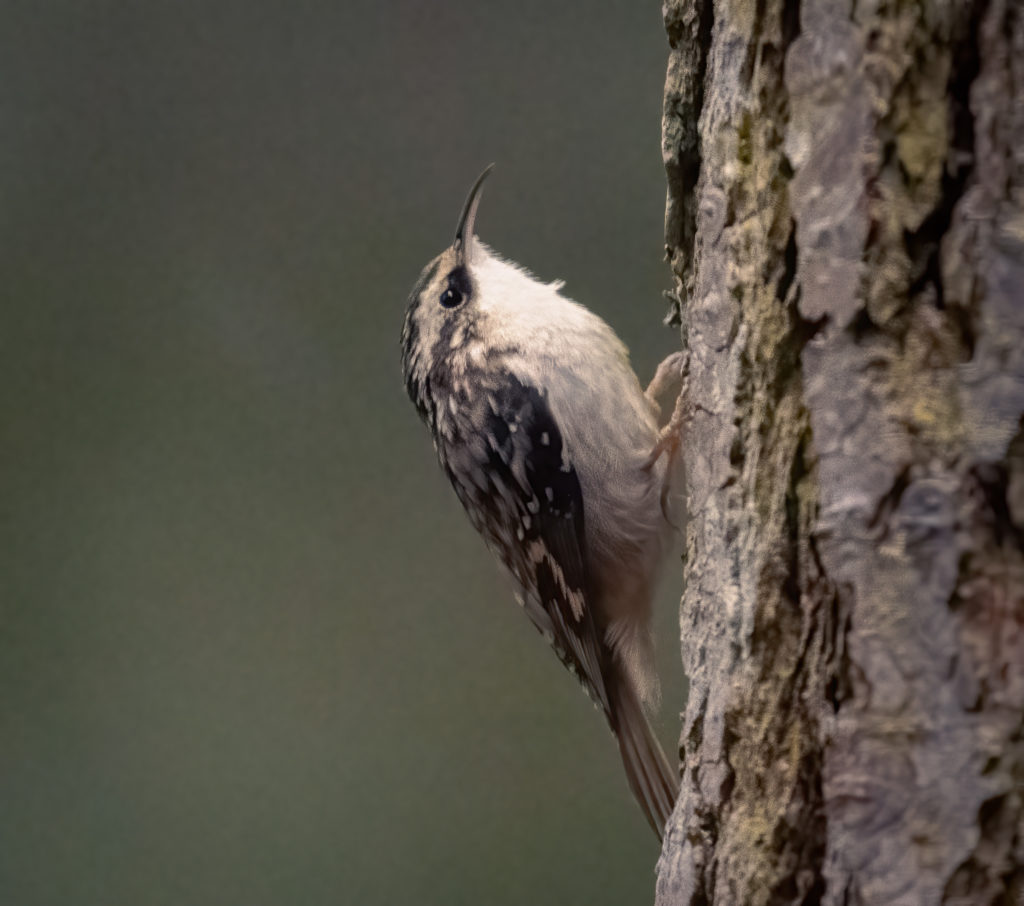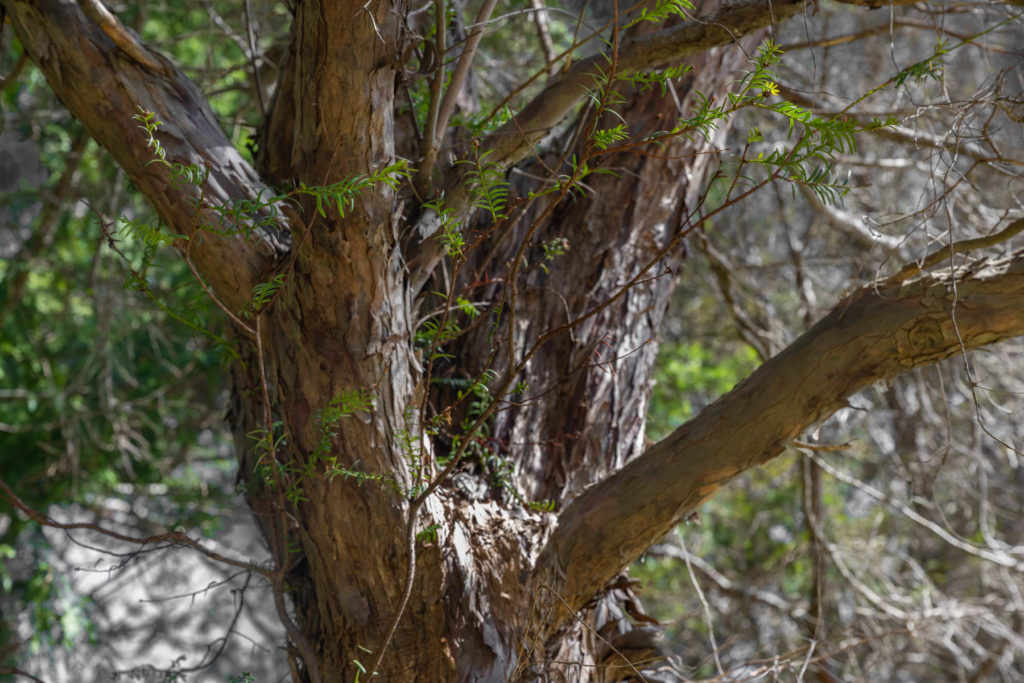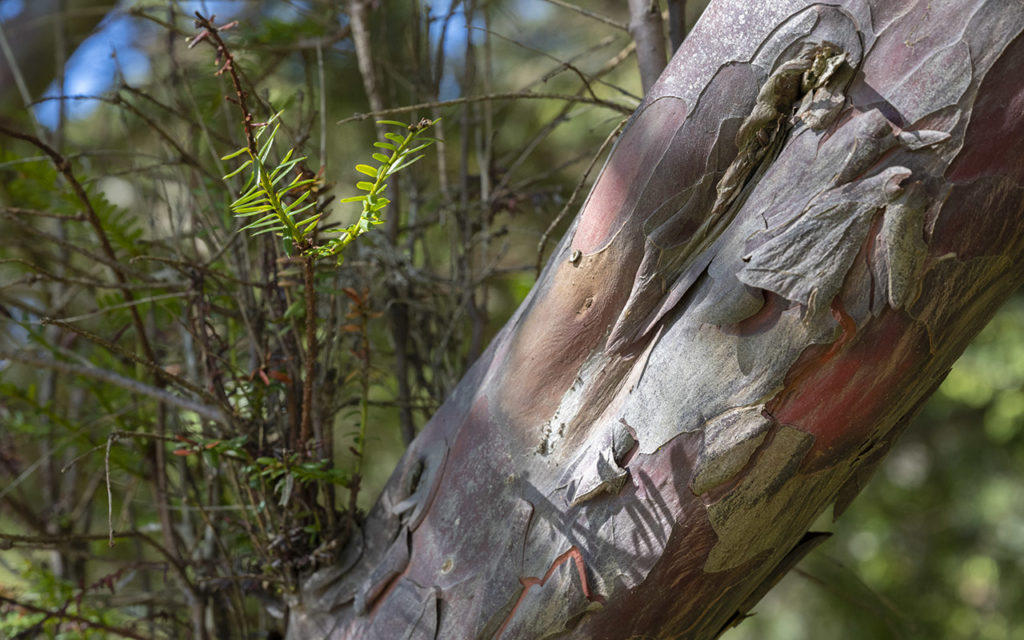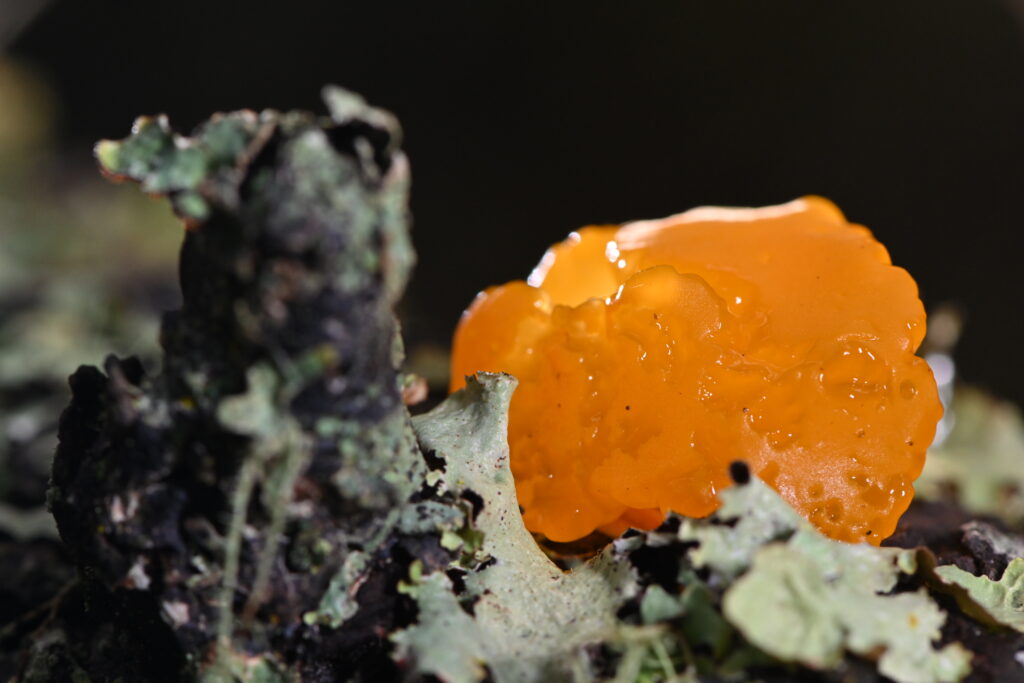Maintaining our Environment
The environment consists mostly of mature second-growth forest, and some open areas. The beauty and serenity of the natural environment give the development a unique character and is one of the main reasons why we love living here.
Pruning and thinning trees for fire safety and to maintain the health of the environment are encouraged. We recommend using reputable arborists who are familiar with the ecosystem and our regulations.
Tree Removal
The rules in our CC&Rs are there to ensure the environment is maintained for this and future generations.
- No Owner shall cut any trees greater in width than twelve (12) inches at six (6) feet above ground without approval of the Board of Directors of the Association and San Juan County, if county approval is required
- Clear cutting is not allowed. Clearing a certain amount of space may be approved, as long as at least fifty percent (50%) of the natural growth is left undisturbed.
- Under all circumstances, a 15-foot-wide buffer of trees should remain along lot lines
Fire Safety
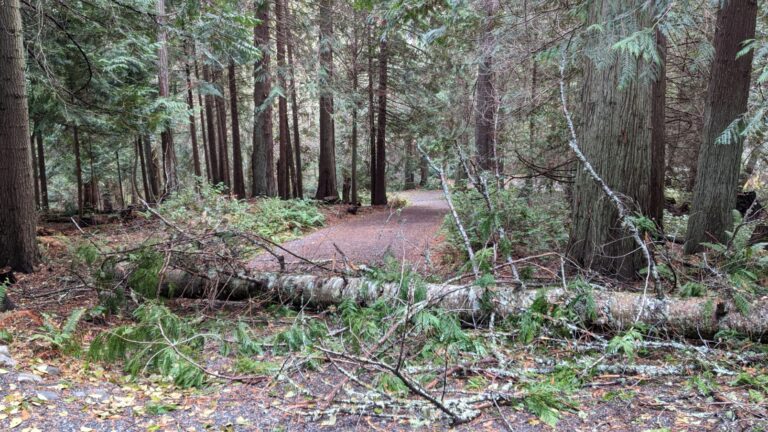
Tips to keep your property safe
- Trim low hanging branches and remove dried litter to slow fires.
- Beauty bark and not-so-beautiful pine needles will smolder. Keep it away from the home.
- Tree roots can smolder, and the fire remain hidden for days, before it flares up again.
- Trim vegetation so the fire department can have safe access to your and your neighbor’s homes. This is also important for medical emergencies.
- Plant fire resistant plants
- Ocean Spray deserves a special mention. It may be fire resistant if it is well maintained and debris cleared from under the plant. As a native plant it spreads and grows abundantly on the island, so it is best to remove dense populations of Ocean Spray while carefully managing the full-sized specimens required for landscaping.
- For more tips check out this document.
The Firewise USA® Program
The Firewise USA® Program coordinates local fire districts, conservation districts, counties, and extension programs to encourage homeowners and communities to prepare for wildfire.
If you want to assess your own property, the process is simple and there is excellent information available online
If you want to request an assessment of your property, please email Kathleen Salinas, ksalinas@sjiffa.org Firewise Regional Coordinator, San Juan Island Fire District 3, Tel. 541-761-4800. We do not have a trained Firewise consultant on Orcas at present, but Kathleen will come over to help us out.
The fire department requires that someone must accompany the fire fighter during the inspection.
Financial Resources
The Washington Forest Resilience Division can provide financial support to improve the fire safety of your property. They work across all lands to ensure forested ecosystems retain their resilience against disturbance mechanisms such as fire, insects, and diseases. Forest Resilience also monitors Washington forests to see how they are adapting to climate change, increasing drought severity, and more severe heat waves.
Here are some useful links:
- https://www.dnr.wa.gov/ForestHealth
- https://www.dnr.wa.gov/cost-share
- https://www.dnr.wa.gov/LandownerAssistancePortal
For more information, or to schedule a visit, contact Bud Westcott, our Forest Resilience Forester
Pacific Yew
We are fortunate to have several mature Pacific Yew trees at the Harneyview Park.
These unassuming evergreen trees are very slow growing and traditionally the tough wood was used by Native Americans to make tools and weapons, while the foliage and bark were used for medicinal purposes.
In the early sixties scientists found that crude extracts of the bark showed anti-cancer activity. The active compound, paclitaxel (taxol) has been developed into a chemotherapy drug for ovarian cancer. It has also been approved for the treatment of advanced breast cancer, AIDS-related Kaposi’s sarcoma, and several other applications. The drug is produced via a semi-synthetic pathway so the Pacific yew has never been commercially harvested at a large scale. Unfortunately it is still in decline with a conservation status of near threatened.
To spot them, look for thin scaly bark over red to purplish-brown wood, very similar to a Madrone. The leaves are spear-like (lanceolate) in two flat rows either side of the stem, very similar to those of the coastal redwoods.
Witches' butter
Witches’ butter (Tremella mesenterica)
- The the common name may originate from Swedish folklore about witchcraft, in which bile spewed up by gorged “Carriers” is referred to as, “butter of the witches.” The latin name “Quivering middle intestine” is a nice visual.
- T. mesenterica is a parasite of fungal plant pathogens (Peniophora). The Peniophora is the white fungus beneath the orange blob.
- Tremella species produce polysaccharides that are of interest as a potential therapeutics.
